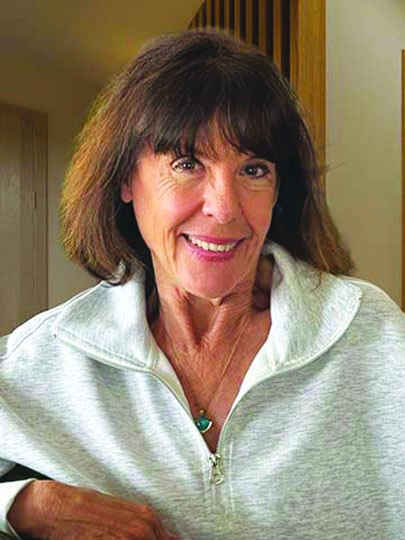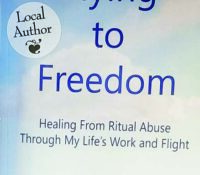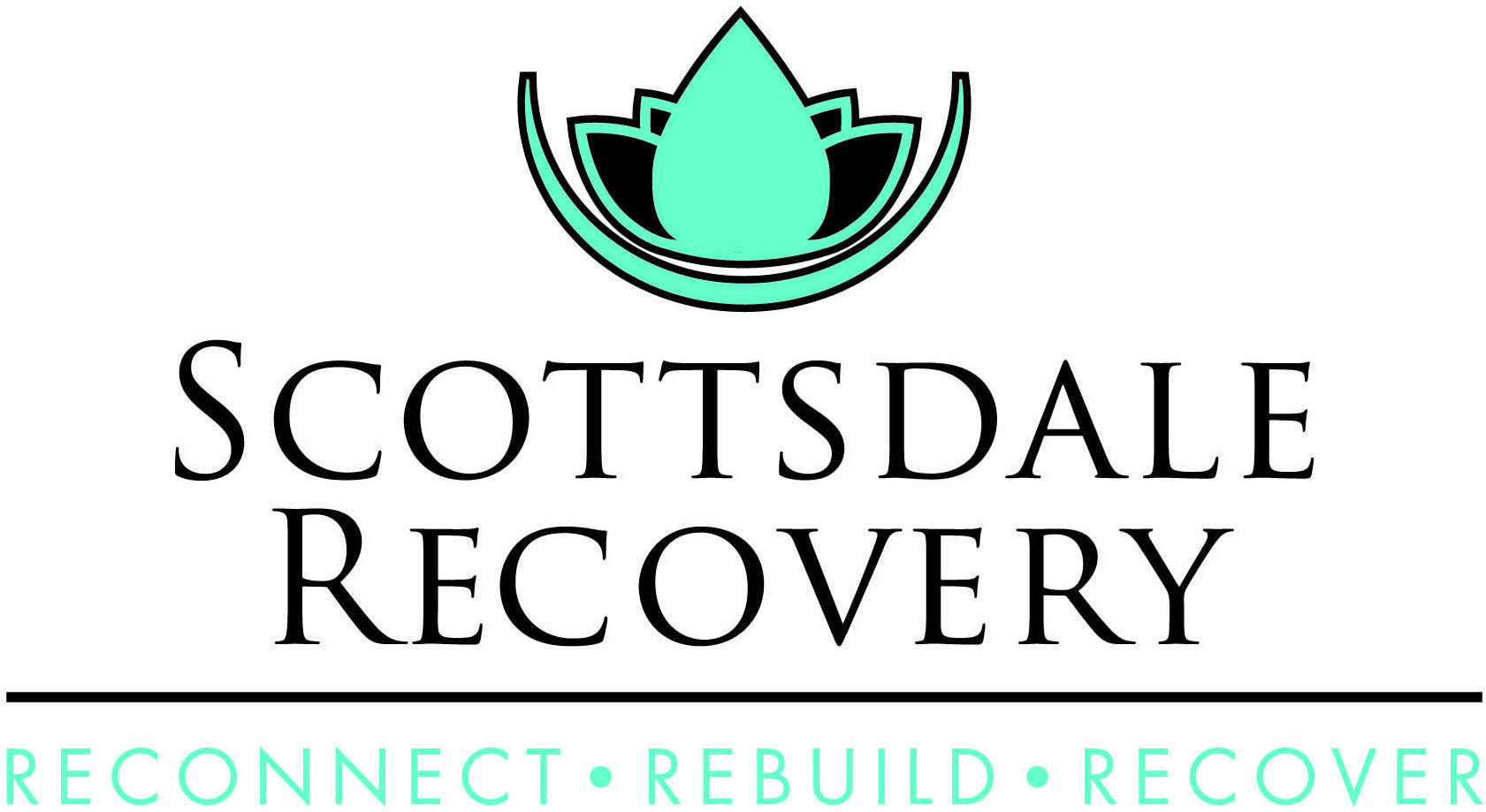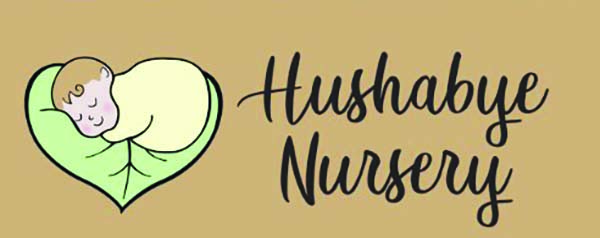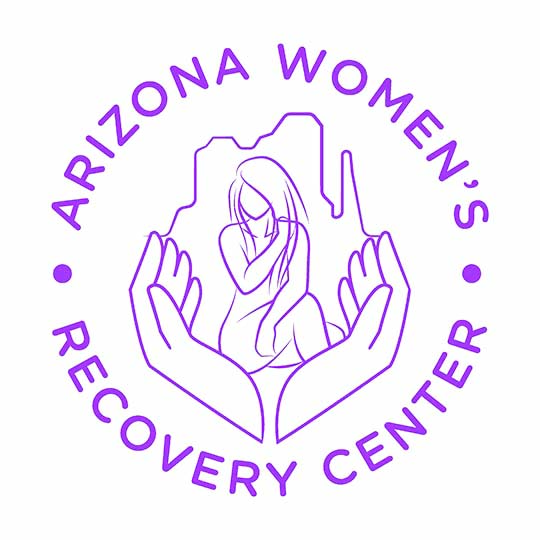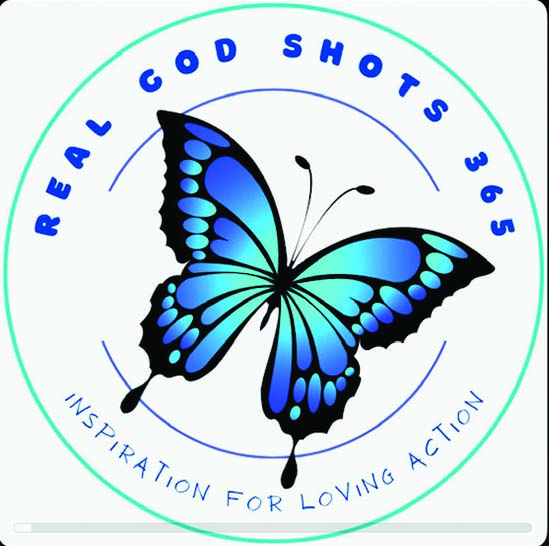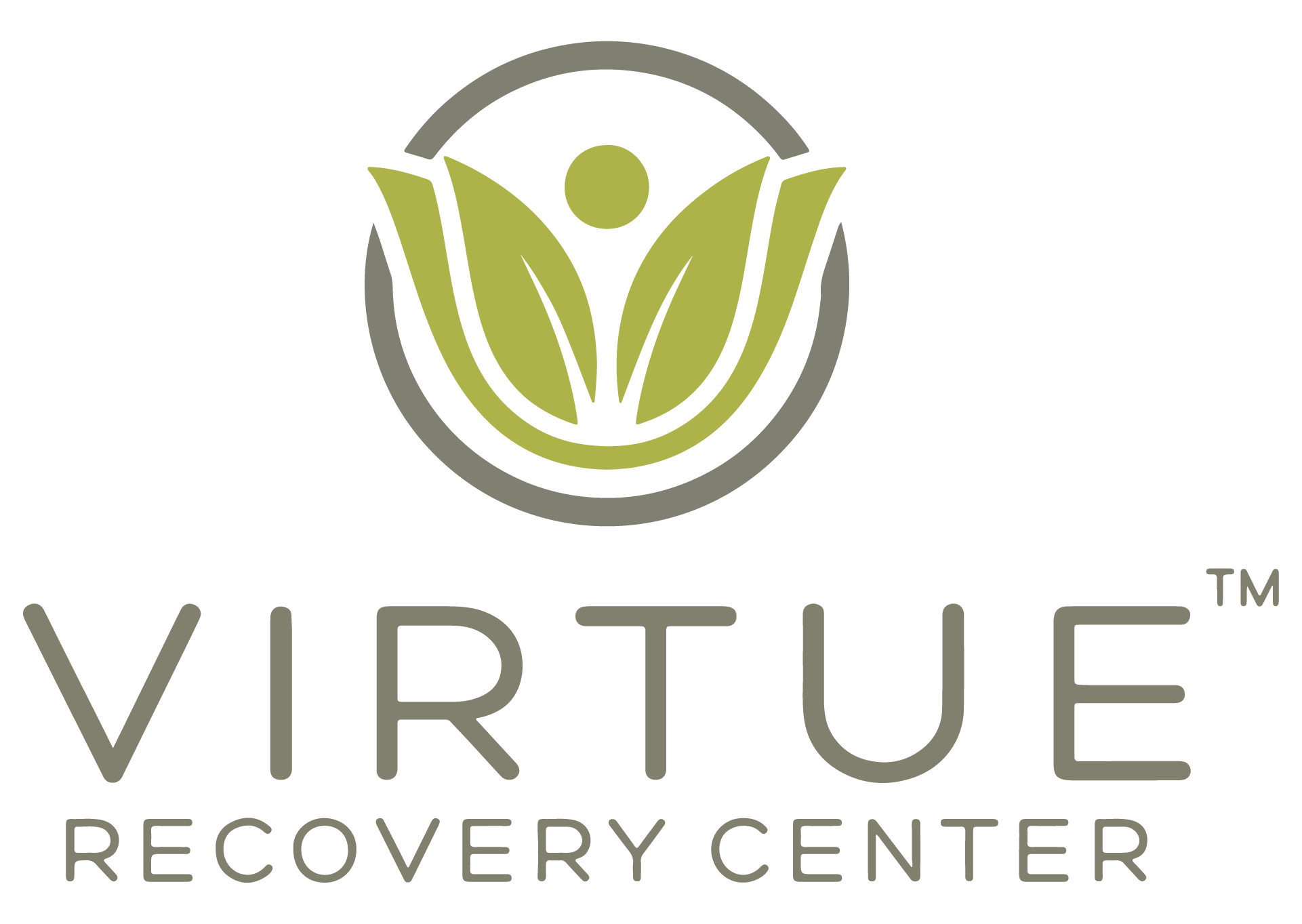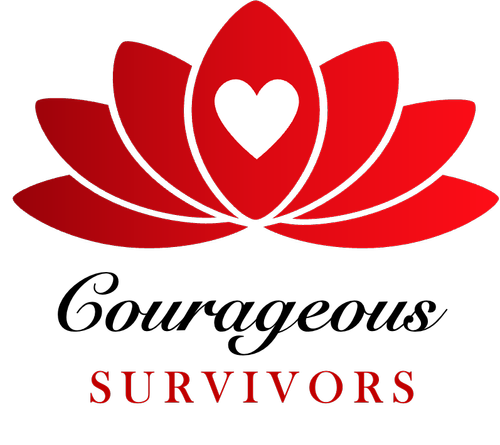January Blues:
How to Avoid Winter Cabin Fever
By Amy Tilley
Joyous New Year to you all! The hustle and bustle of the holiday season is behind us, and we have an entire year to write a new chapter of our life. Depending on where you live, you may be in the thick of the winter doldrums and experiencing a bit of cabin fever— that feeling of being stuck in your house, having the post-holiday blues, endless days of cold temperatures, a possible snowstorm, and trying to get back on schedule following all the holiday activities from last month.
Is cabin fever real?
Yes, it is, in a folklore sense. It is not a true psychological term or diagnosis, but the experience is real. Cabin fever happens during the winter months, when people spend more time indoors, leading to feelings of isolation, low motivation, restlessness, boredom, and depressive symptoms. You may feel like the walls are closing in and think, “I’ve got to get out of this house.” Pay attention to these signs, as they are different than just having a weekend of laziness, staying in your pajamas and watching movies or football for a few days.
Psychologist Mihaly Csikszentmihalyi is considered one of the founders of positive psychology. He developed the term “flow theory” to describe the state of being so immersed in an activity that nothing else seems to matter (https://positivepsychology.com). Have you experienced a time when you were “in the zone?” You were likely experiencing “flow,” which extends across all generations and cultures. Any activity (for work or pleasure) seems effortless, you are fully focused on the task at hand, you can produce effective results and feel intrinsically rewarded when the task is finished.
What does flow have to do with cabin fever?
Flow can bring out your creativity, your inner child, and you can experience a new joy, while warding off the winter doldrums. What can you do if you are experiencing that “stuck” cabin fever feeling? Find your happy place. Try a new experience. Ditch the tech. Begin an analog hobby. Start a new craft project. How big is your ‘to be read’ pile of books? Start reading them! Scrapbook those photos that have bee sitting in the closet for years. Have a board game night with friends and make a buffet of warm stews, chilis, and desserts. Purchase a membership to a museum or an art gallery and get out of the house with your family and friends.
While it may be difficult to leave the house if it is too cold outside, make sure you are keeping to a daily routine. Get enough sleep, wake up at the same time, get in some exercise, and make a plan for each day. If you can get outside, enjoy the crisp air, and fresh snow after a storm. Have you ever noticed how quiet the world gets when it snows? How beautiful and clean it is after a fresh snowfall? Just make sure you bundle up if you are going to build a snowman or go for a winter hike.
Watch the signs and symptoms that you may experience during the winter months. While we gain a bit more daylight each day, the cold weather and isolation can take a toll on our recovery and mental health. Make time to see your therapist regularly and get to 12 Step meetings. Support and community is a vital part of our overall well-being, every day of the year. How will you begin writing this 2025 chapter of your life this year? Wishing you all a very Happy New Year.
 Amy Tilley and has 20 years in the mental health and addiction recovery field. Her clinical interests include working with young adults and adults diagnosed with co-occurring conditions.
Amy Tilley and has 20 years in the mental health and addiction recovery field. Her clinical interests include working with young adults and adults diagnosed with co-occurring conditions.
Visit https://www.desertstarARC.com or call 520-638-6000

